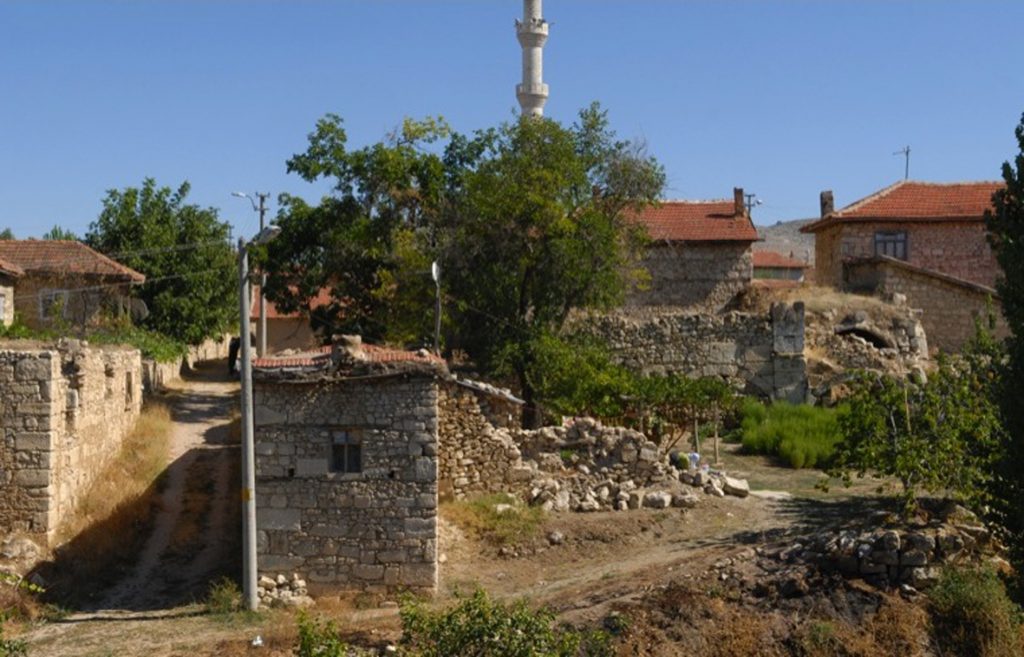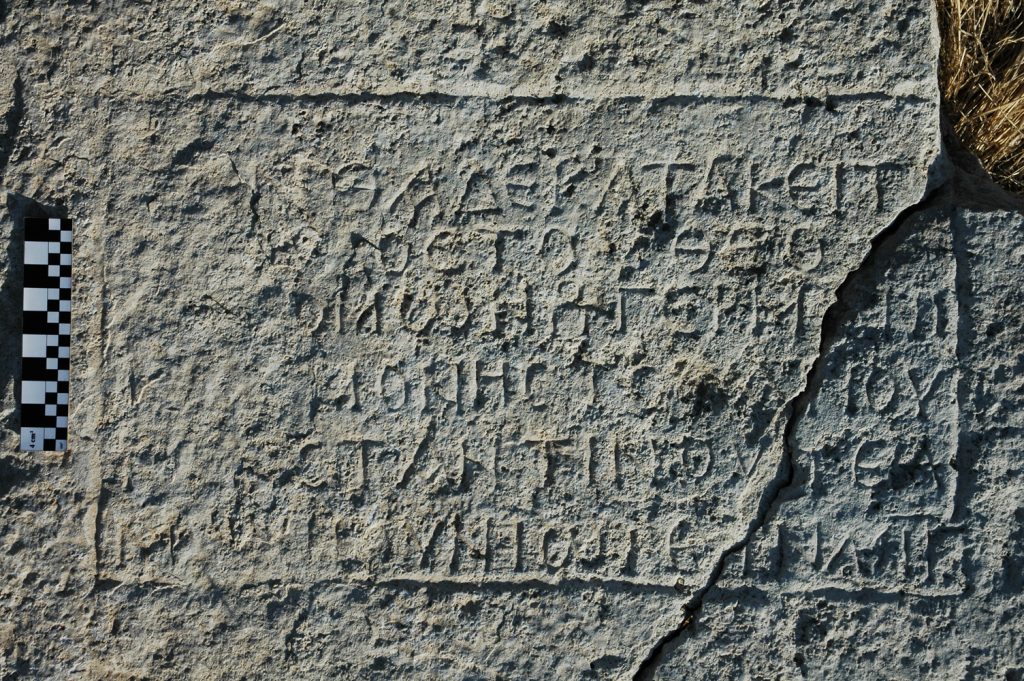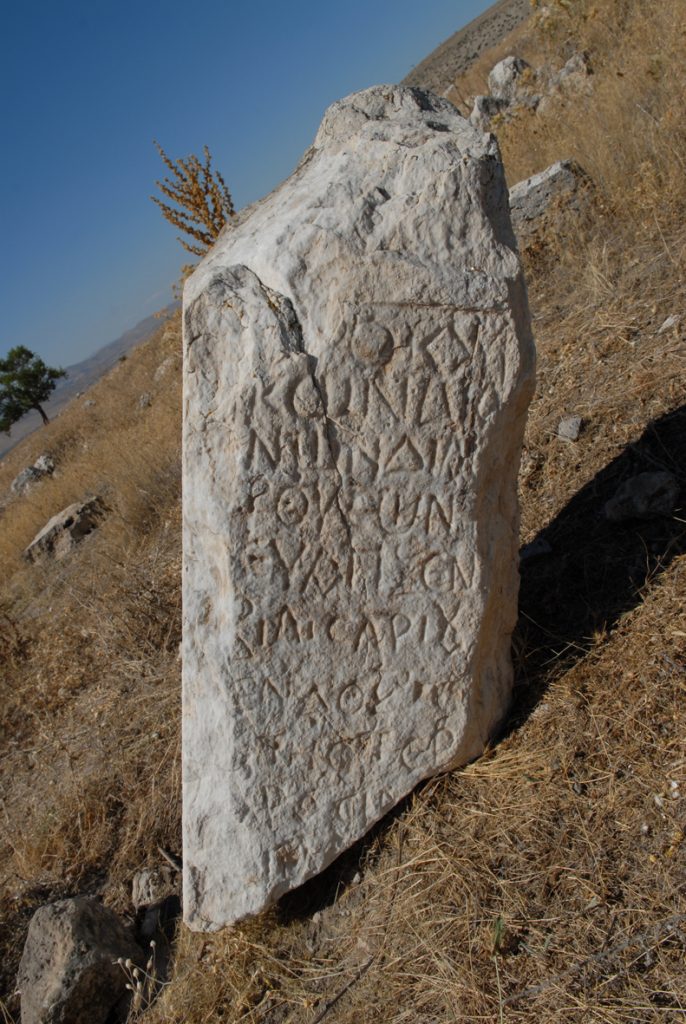The church of Archangel Michael in Germia was a famous pilgrimage site and is today the largest and best preserved church ruin from early Byzantine times on the central Anatolian plateau. Little is known about Germia’s rural hinterland in the past. The written sources are mainly from the 5th century AD, i.e. the early Byzantine period. What the region was like in Roman times is largely unknown.

In 2009-2013, the church was re-surveyed and documented in detail by the DAI as part of a DFG funded project at the Commission for Ancient History and Epigraphy. At the same time an epigraphic survey was carried out, leading to the discovery of over 40 new inscriptions. The new texts are mostly from the first three centuries after Christ; they deepen our knowledge of the history and historical geography of the area and shed new light on the people and their living conditions in Roman imperial times. All the inscriptions have since been published in Mitteilungen der Kommission für Alte Geschichte und Epigraphik (Chiron), vol. 43.

